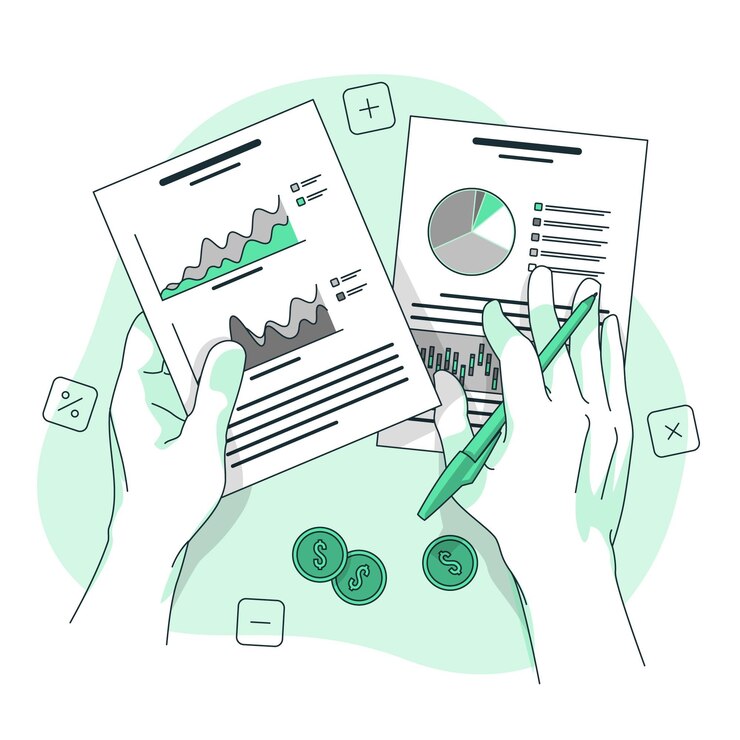What is Sale-and-Leaseback Accounting?
What is Sale-and-Leaseback Accounting?
Sale-and-leaseback accounting refers to a financial transaction where a company sells an asset and then leases it back from the buyer. This allows the business to free up cash while using the assets. Under accounting rules, whether the transaction is recorded as a sale or a financing arrangement depends on lease classification standards such as IFRS 16 or ASC 842.
Sale-leasebacks are especially popular among companies that rely heavily on high-cost fixed assets—think buildings, land, aircraft, or large machinery. That’s why you often see them used in construction, transportation, aerospace, and commercial real estate industries.

Why is Sale-and-Leaseback Accounting Important?
The core reason companies turn to sale-leasebacks is simple: they want to unlock the cash tied up in their assets without giving up the ability to use them.
Instead of selling an asset outright and losing access, a business sells it and immediately leases it back. This keeps operations intact while freeing up cash for other priorities—expansion, paying down debt, or simply boosting liquidity.
This strategy is often seen as a more flexible alternative to traditional financing. Borrowing money comes with debt obligations and interest payments, and issuing equity can dilute ownership.
A leaseback avoids both. It can actually make a company’s balance sheet look healthier—no new debt is recorded, liabilities stay lower, and cash increases as a result of the sale.
The leased asset stays in use, and the capital is put to work elsewhere. This move blends financial strategy with operational continuity.
Think of it like pawning your guitar. You get quick cash but can still rent it back, and you have to pay a monthly cost.
Short on time? Watch a quick explainer video instead 👇
FAQs
What is the purpose of a sale and leaseback?
The main purpose of a sale and leaseback is to free up cash tied to a fixed asset without giving up its use. A company sells an asset—like property or equipment—and immediately leases it back so it can continue using it for operations.
This strategy helps businesses raise capital, improve liquidity, and sometimes strengthen their balance sheet by avoiding additional debt.
What is sale and leaseback under IFRS?
Under IFRS (specifically IFRS 16), a sale and leaseback are accounted for by first determining whether the transfer of the asset qualifies as a sale. If it does, the seller-lessee derecognizes the asset and recognizes a lease liability and right-of-use asset.
The gain on the sale is limited to the amount related to the rights transferred to the buyer-lessor. If the transfer doesn’t qualify as a sale, it is treated as a financing arrangement.
What are the two types of sale and leaseback leases?
The two main types are:
- Operating lease – The lessee records lease payments as an expense, and the asset is not shown on the balance sheet.
- Finance lease – The lessee records the asset and a corresponding liability on the balance sheet, treating the transaction more like asset ownership with an eventual transfer of risk and rewards.
Is sale and leaseback internal or external?
Sale and leaseback is an external financing strategy. It involves a transaction between the business and an outside party—typically an investor or leasing company. This method brings in outside capital rather than relying on internal sources like retained earnings or owner investments.

